Early days
Christ’s College was modelled on the English public schools, which many members of the Canterbury Association attended. The emphasis was on a classical education, including Greek and Latin, as well as Modern Languages, Mathematics, English, History and Geography. Boys were also expected to be able to conduct scientific experiments, draw and sing.
Why are we celebrating the Christ’s College 175th anniversary in 2025?
The answer lies in the 1850 pamphlet ‘Appeal for Aid on behalf of the Diocese of Lyttelton in connection with the Canterbury Settlement, New Zealand’.
In the first appendix, there is a further document dated 21 May 1850, titled ‘Scheme for the Establishment of a College in or near the Capital City of the Settlement of Canterbury, New Zealand and to be called Christ-Church College’.
In this appendix, the Canterbury Association laid out plans for a Public School Department and a Collegiate or Upper Department. The public school was to be established based on the great grammar schools of England. The subjects to be taught are named and there is information about scholarships, examinations, religious instruction, a building, and a uniform. Plans had obviously been well under way before they were published.
For the college to physically exist, equipment had to be sent to Canterbury. Unfortunately, the account books of the Education and Ecclesiastical Funds do not enumerate what was in the freight for the college on board the Charlotte Jane, Randolph, Cressy, and Sir George Seymour. Bookcases for the college were included in the freight of the first three ships.
So, the preparations were certainly well in hand in 1850, but there is also the matter of whether there was any teaching in this year. Information around this is confusing. The Bishop Designate, Thomas Jackson, spoke at the Ipswich meeting on 27 May of plans for teaching on board the ships. Secondary sources write about children being taught but Henry Jacobs, the first Headmaster, could not clearly remember whether the Grammar School began then. Yet his obituary in the Christ’s College Register records that he held classes for boys on the Sir George Seymour.
What to make of all of this?
Christ’s College was clearly planned in 1850. There were funds available, and a headmaster had been appointed. However, it did need dry land to become ‘Christ’s College, Canterbury, New Zealand’. Equipment was in Lyttelton, although it still had to be unloaded, possible students were in town, and, finally, on 2 January 1851, Barrack A Room 4 was cleared of its previous occupants.
There is also another matter to be considered. Each of Christ’s College previous celebrations has coincided with Canterbury’s recognition of the first of the association’s ships arrival at Port Cooper. In celebrating 175 years in 2025, Christ’s College is continuing a long-established tradition that links the school with the establishment of Canterbury.
When the school opened at the start of 1851 in the Lyttelton Immigration Barracks, conditions for both staff and boys were exceedingly primitive. As families moved to the Canterbury Plains, so, in 1852, College followed to St Michael’s Parsonage in Oxford Terrace. Henry Jacobs, the first headmaster, relocated a school which could cater to both boarders and dayboys. Robert Simeon Jackson and Benjamin Thornton Dudley were the first boarders, when the roll numbered 16.
-
House system
Houses provided the boarders with their base within the school, and their names changed as Masters came and went. The name Jacobs has been retained, while others have been replaced by School, Richards and Flower's.
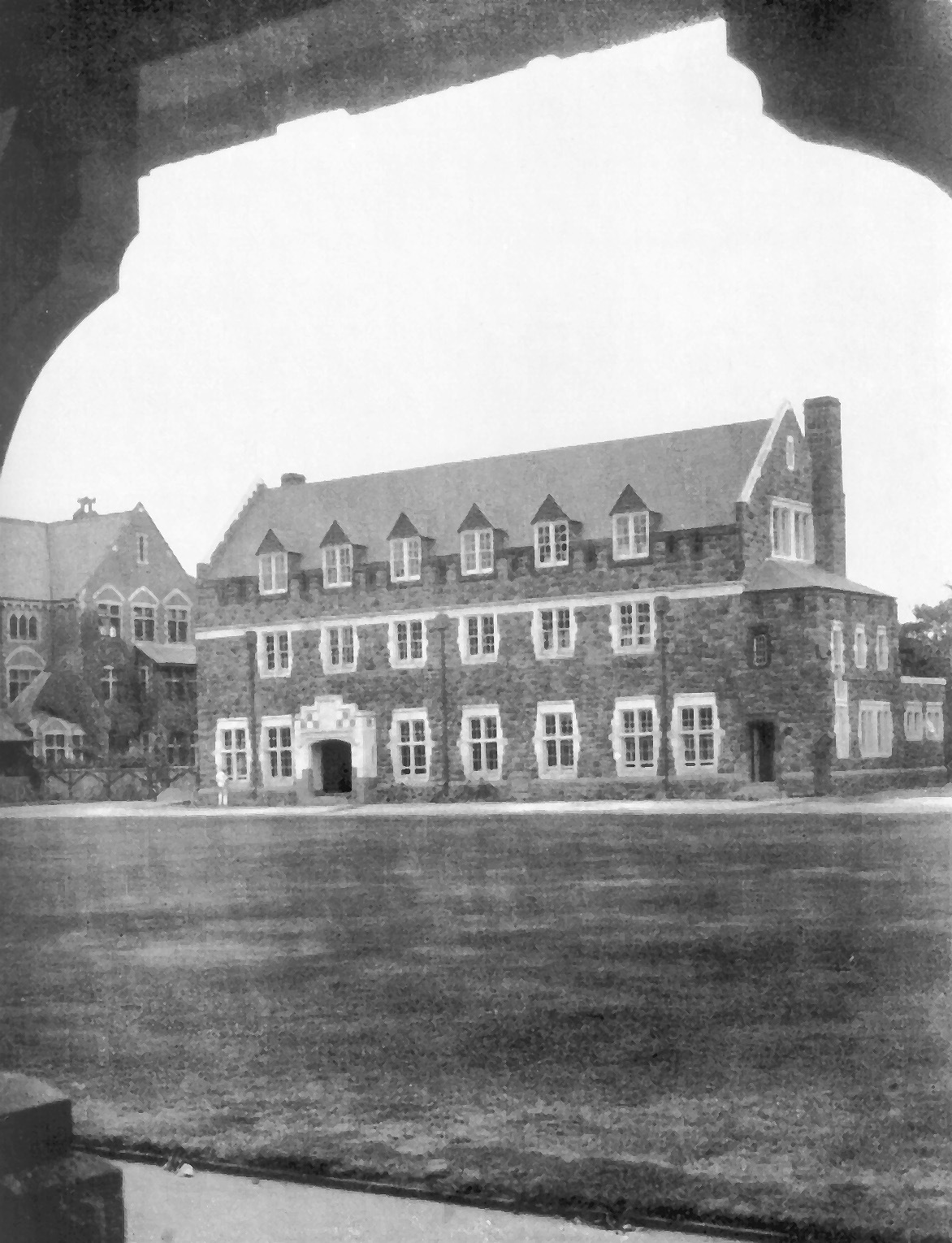
Initially, boarders’ meals were provided by the wives of the staff members in whose houses they boarded. However, with more boarders, this was no longer possible, and so a large Dining Hall where staff and boarders could meet and eat as a community was completed in 1925.

Dayboys had locker space, but it was not until 1909 that the first two dayboy Houses were formalised. They were named North Town and South Town, and boys were allocated to each depending on whether their homes were north or south of Gloucester Street. These Houses became Harper and Julius in 1924. Condell’s, Corfe, Rolleston and Somes have been added over the years. All the Houses have been modernised, with emphasis on earthquake proofing.
The many year groups within the Houses have always co-operated to foster House spirit and compete in sporting and cultural competitions. Cricket and football games were established as soon as there were enough boarders to compete against each other, and, gradually, Music and Drama interhouse competitions were added.
Houses have always provided the basis for the pastoral care of all boys at College, both boarders and dayboys. Housemasters, tutors, mentors, matrons and domestic staff have all worked together in association with the chaplain, counsellors and Wellbeing staff.
-
Masters and classes
Since College was established, it has had 18 headmasters and employed hundreds of teachers, who have used their considerable skills and abilities to teach thousands of boys. Until the late 1980s, boys were expected to attend academic classes on Saturday mornings. Increasingly, sport encroached on this time, and Saturday activities were developed. Boys not involved in teams used the time for extra tuition or to gain skills in clubs as diverse as cooking, mountain biking and archery. From 2017, Saturday activities no longer existed.
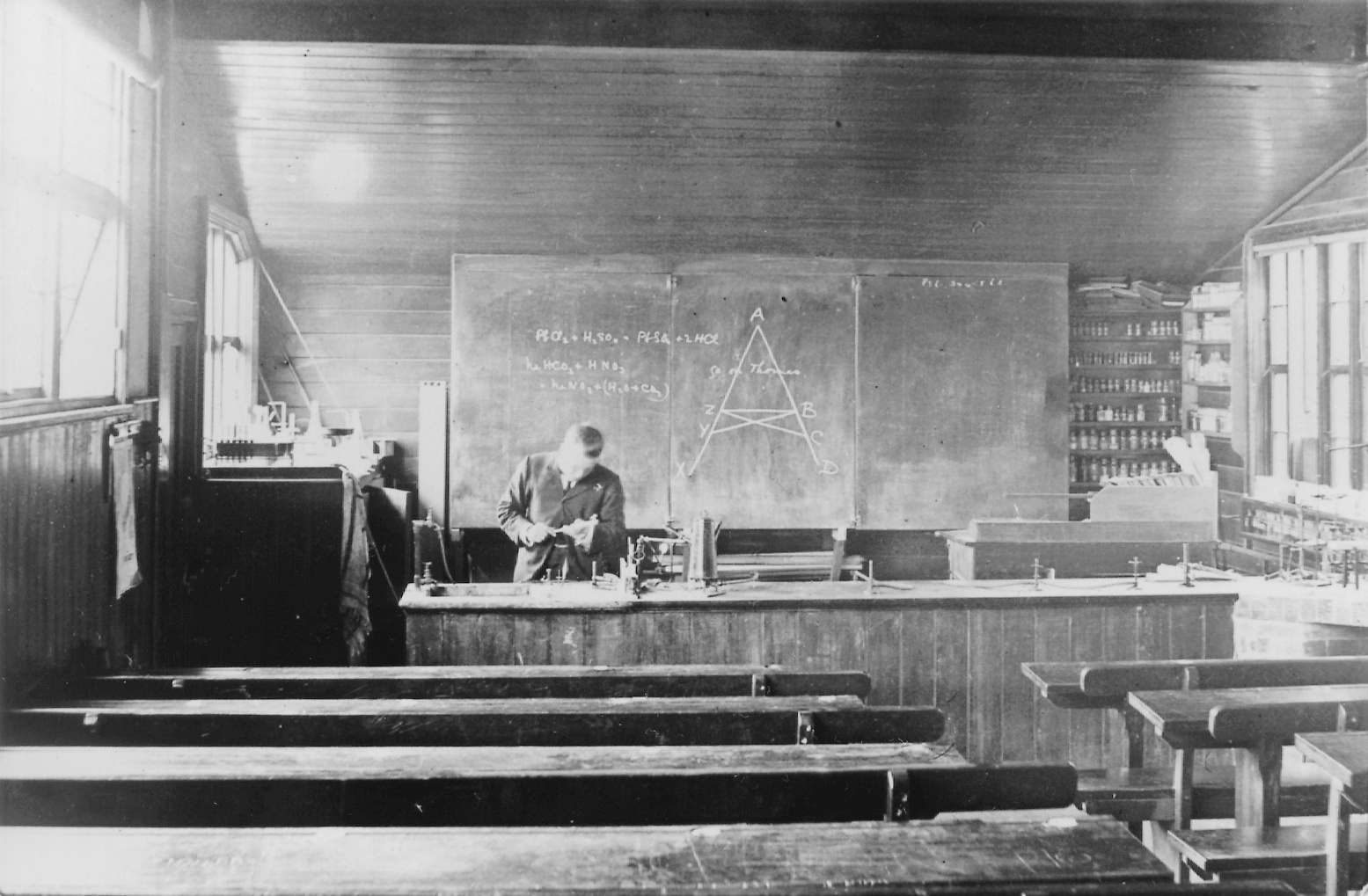
-
Boys-only?
In 1851, Susan Alport was on the Attendance List at the Christ’s College Grammar School Elementary Class in Lyttelton. She appears to have been the only girl to be formally listed as a member of College. However, she is not the only girl to have been taught by College staff. For many years, girls have been included in classes as necessary because of staffing, and College has had a long-standing relationship with St Margaret’s College and Rangi Ruru Girls’ School in both Music and Drama.
-
Present site
When Christ’s College moved to its present site, there were 35 pupils and three staff. The advantage of a grant by the Canterbury Provincial Council of nearly 10 acres from the Government Domain was the room to expand, and College began to acquire additional buildings. Initially, they were wooden, and these provided homes for the staff and their families and the increasing number of boarders. By 1863, the first of the stone buildings, Big School, was built on the west side of the Quadrangle, followed in 1867 by the Chapel.
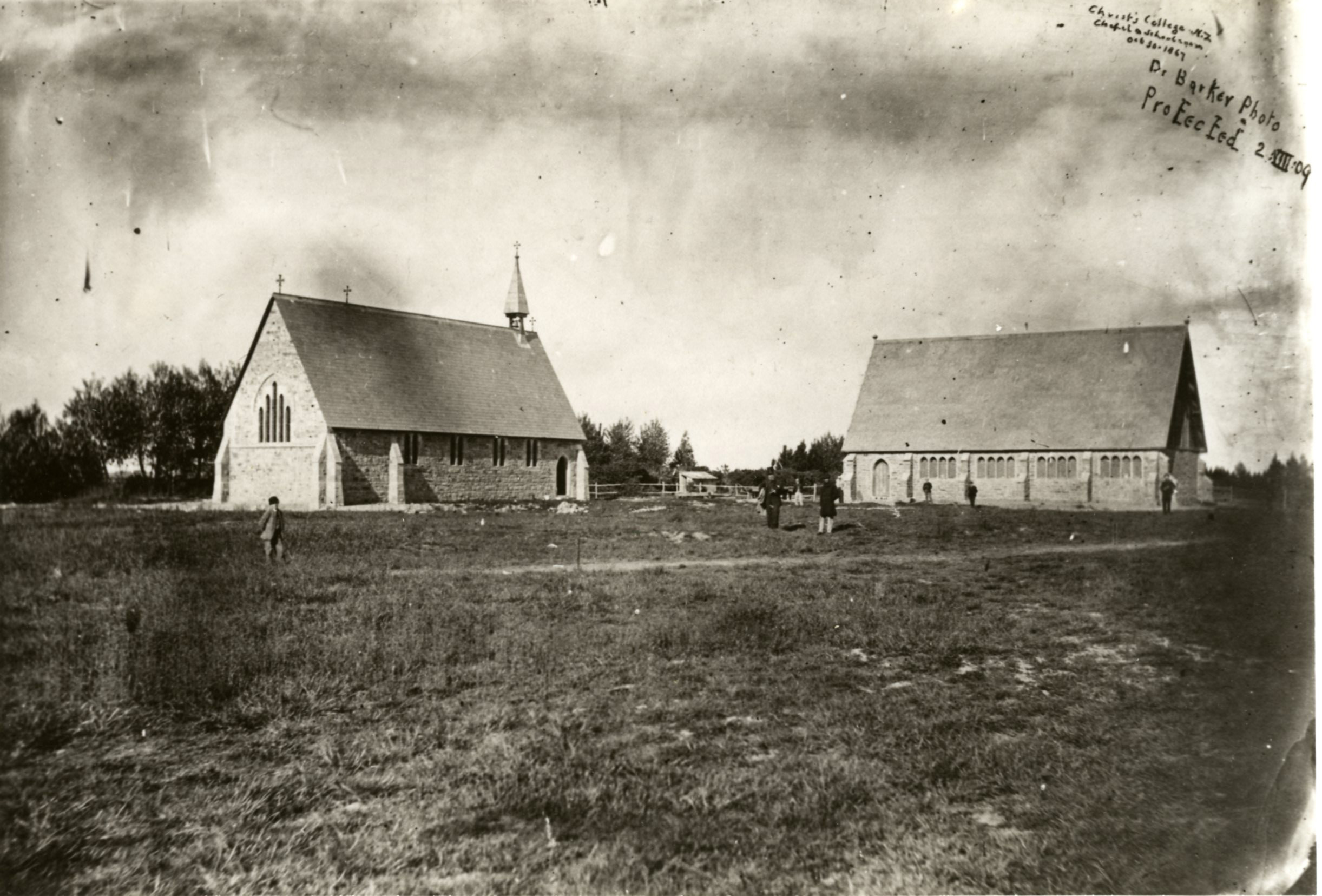
-
Anglican foundations
The College Chapel has always been the focus of the school. However, College has never been exclusively Anglican in its acceptance of boys. The 31st May 1854 Deed of Foundation, by which the Church Property Trustees set up College, included many of the early clergy and laity as members of the Board of Governors, or Fellows of the College. The first College Warden was George Augustus Selwyn, the first and only Bishop of New Zealand. When his Diocese was divided, the position devolved to the first Bishop, Henry John Chitty Harper, and then to all subsequent bishops of the Diocese of Christchurch.
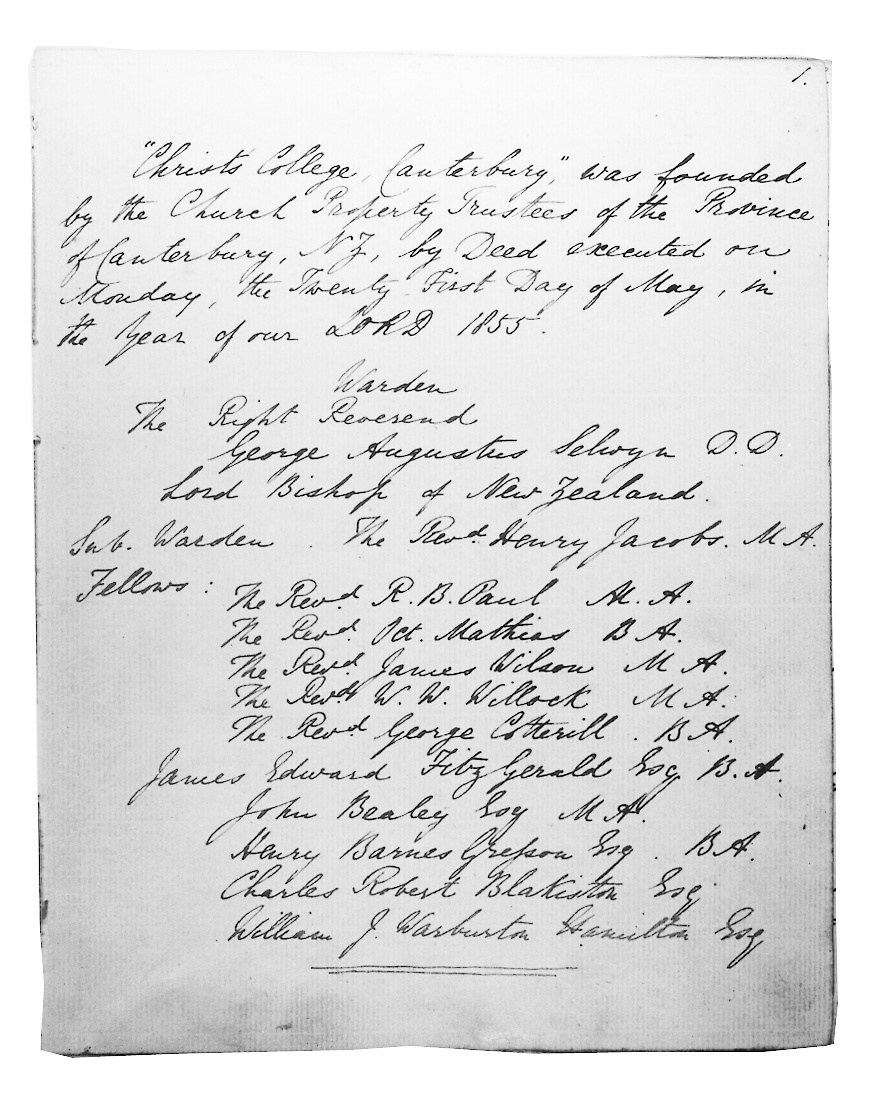
Worship in the Chapel is enhanced by the Chapel Choir. Boys have always been expected to contribute to the services of Morning and Evening Prayer and Holy Communion. Gradually, a surplice-wearing choir began to lead the music. At the time of Bishop Harper’s 50th wedding anniversary, which was celebrated in the College Chapel in 1879, it was remarked that the choir was nearly all made up of his 12 grandsons.
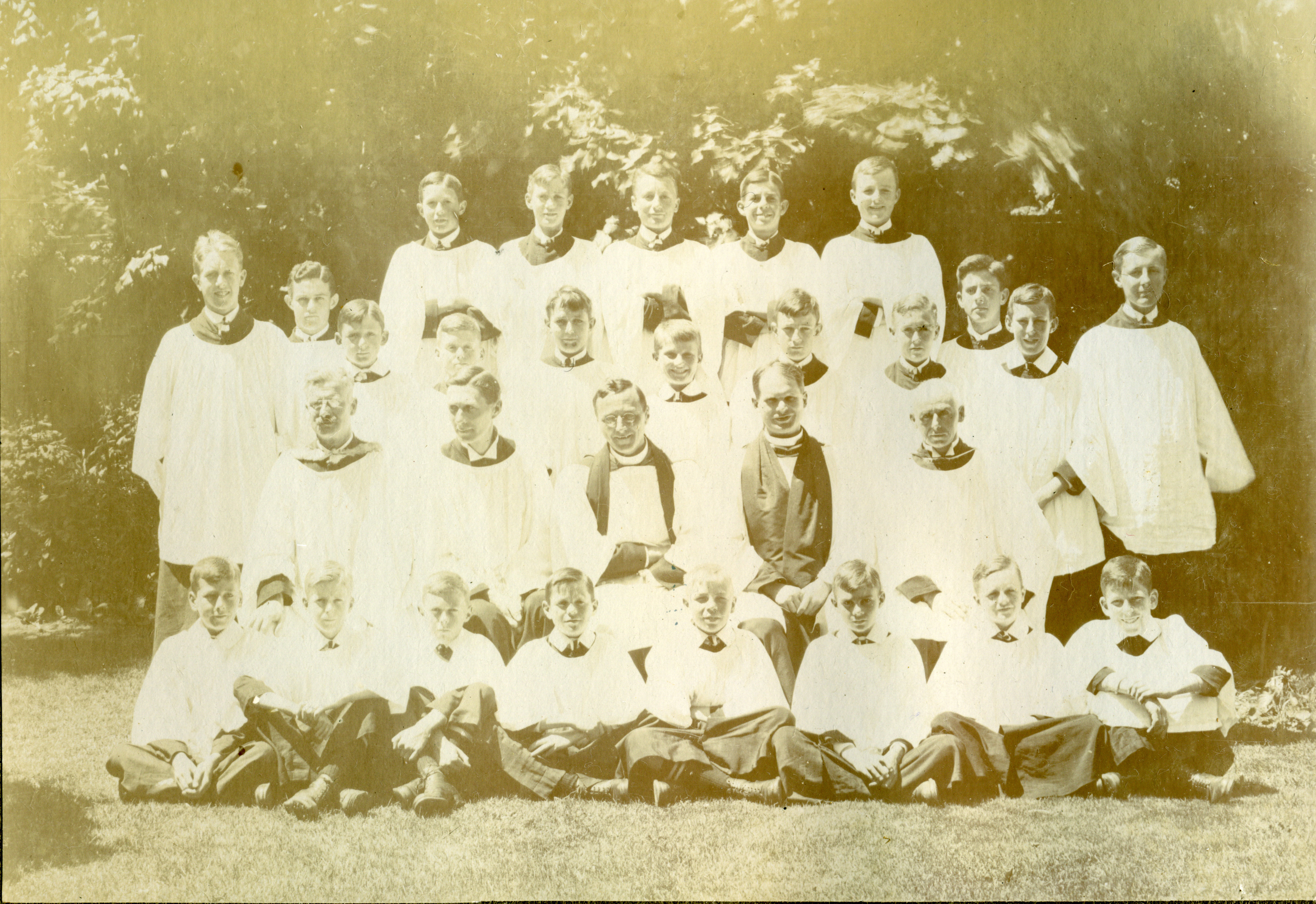
-
Scholarships
The Canterbury Association planned that one-third of the sale of the lands in the Canterbury Settlement would be set aside for religious and educational purposes. Others who shared their aims and ideals collected, donated and willed money over many years to create endowments for College. One scholarship has survived since that early period with its original name. It was founded by Maria Somes, second wife of Joseph Somes, one-time chairman of the New Zealand Company. She was entitled, by the purchase of a land order, to 50 rural acres in Lyttelton and either a quarter-acre section in Lyttelton or a half acre in Christchurch. She chose the former. The subsequent sales and ongoing leases continue to provide scholarships and exhibitions.
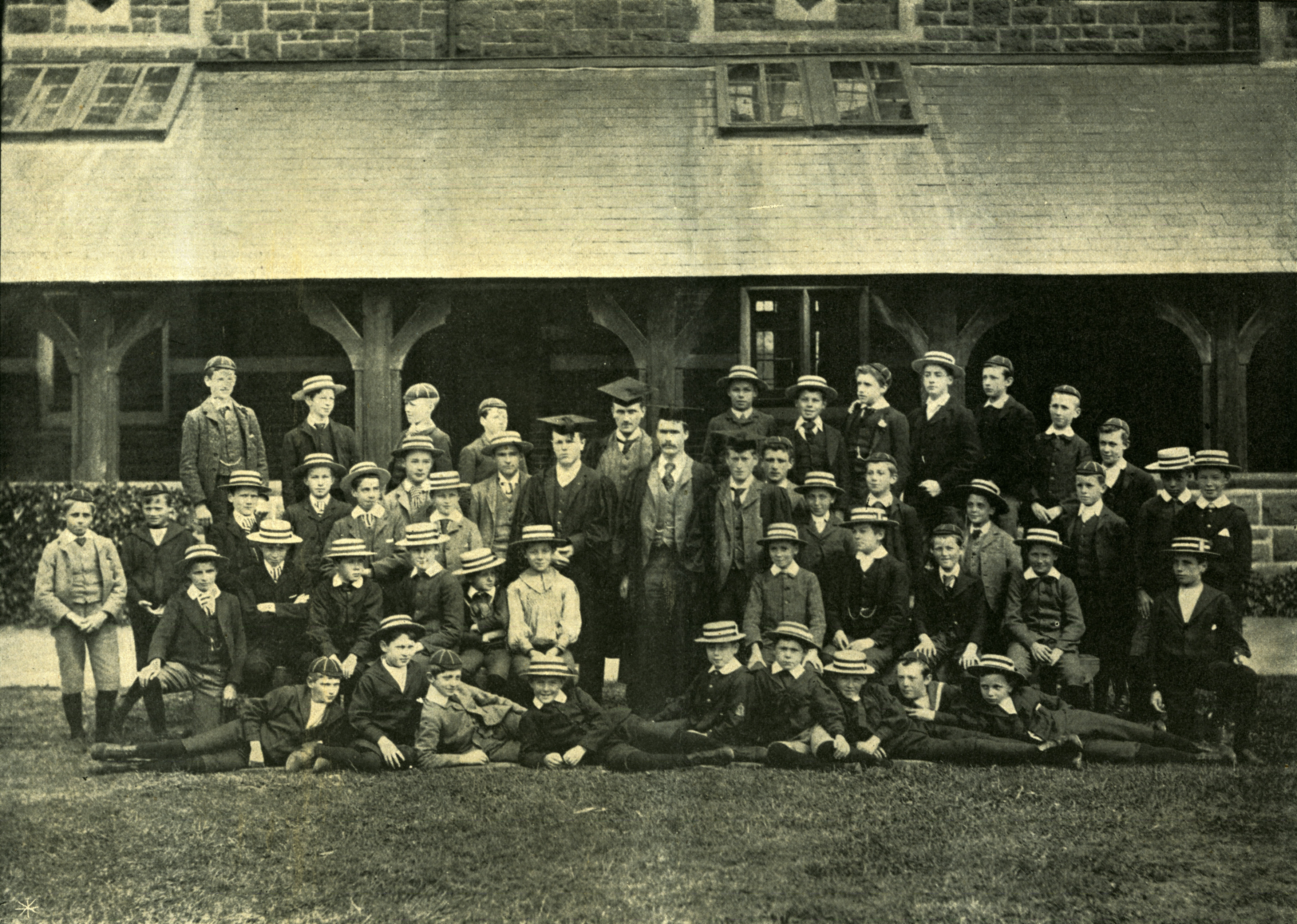
-
Dayboys and boarders
The long-standing tradition of boys coming to Christ’s College from local homes, as well as from all parts of the country, began early in College history. While some walked down the road to school, others rode their horses and later their bicycles. Many travelled long distances over many days from Hawke’s Bay and Invercargill to take advantage of the education Christ’s College offered. At the time, College taught boys as young as six, and each boy arrived with a different level of education. Consequently, there were wide age ranges in many classes and, until the number of classrooms increased, they were all taught together. Families whose sons came to Christ’s College at that time are now up to their sixth generation of attendance while other boys come from all over the world.
-
Sport
Sport has always been an integral part of College and a balance for academic endeavour. In 1862, the Games Committee was set up by the boys, and they managed the day-to-day running of sporting activities and the library from this elected group. They also arranged the purchase of equipment, organised coaches and set about levelling Upper so that the tussocks and hollows would not interfere with games. However, as the number of sports increased, was no longer possible for boys to undertake the increased amount of logistical work, nor for all the sport to take place within the grounds.

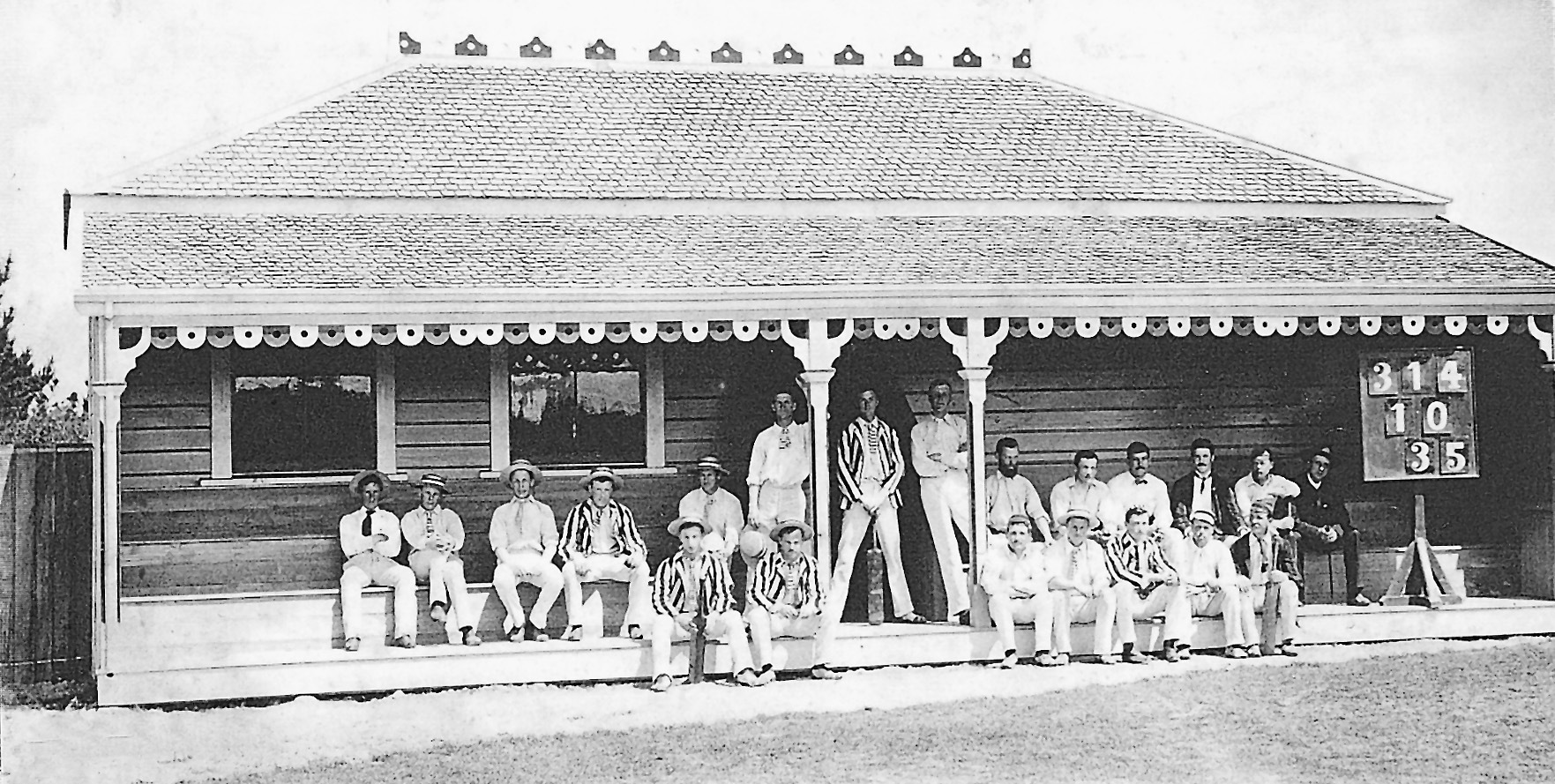
-
Archives
Above the Archivist’s computer are the following words: “Our job is to preserve the past and to record the present for the future.”
However, the Archives – in the Christ’s College context – are much wider than the expected dusty tomes and wrinkled sheets of paper. Our Archives are about recording College life, in its broadest context. It involves bringing what can be found out about and rescued from the past, and adding it to hundreds of printed pages and email messages to create a seamless, continuous record.
It is a record that relies on planned collection and serendipity, on the deliberate gathering of current information and on the generosity of Old Boys and their descendants. Archives cover socks to textbooks, examination papers to cricket caps and inkwells to ties, because they are all part of the College essence. Without these visible reminders of the past, there is a distinct lack of context for the future.
These records are used – in a variety of ways – by staff, boys, Old Boys and outside researchers, but they all have a common theme – “tell me about……” and we do our best to do so. There are times when that is not possible, when the information has not survived in its entirety, but there are always clues to follow up. Some of this research finds its way into regularly changed displays within the College Library. Other research is used within College in History classes and articles in In Black & White and College.
The Archivist works each Monday and Tuesday. It is preferable that requests are made by email. There may be charges for research, but this will be discussed at the time.
Contact:
Email: anne.gabrielsson@christscollege.com
Phone: 03 366 8705 ext 8834
Phone: 03 364 6834
Research into Christ’s College Old Boys
Research can be undertaken into Christ’s College Old Boys by the College Archivist. The amount of information available varies throughout College’s history and is released in line with College’s archival policies.
On receipt of a request, the archivist will assess both the time it will take to undertake the research and an indication of the material available. The current cost of this research is $60.00 per hour, divided into 20-minute blocks.
If the material researched is for publication, there may be additional reproduction fees, in addition to conditions attached to its release.
For more information contact:

Anne Gabrielsson
Archivist/Curator

